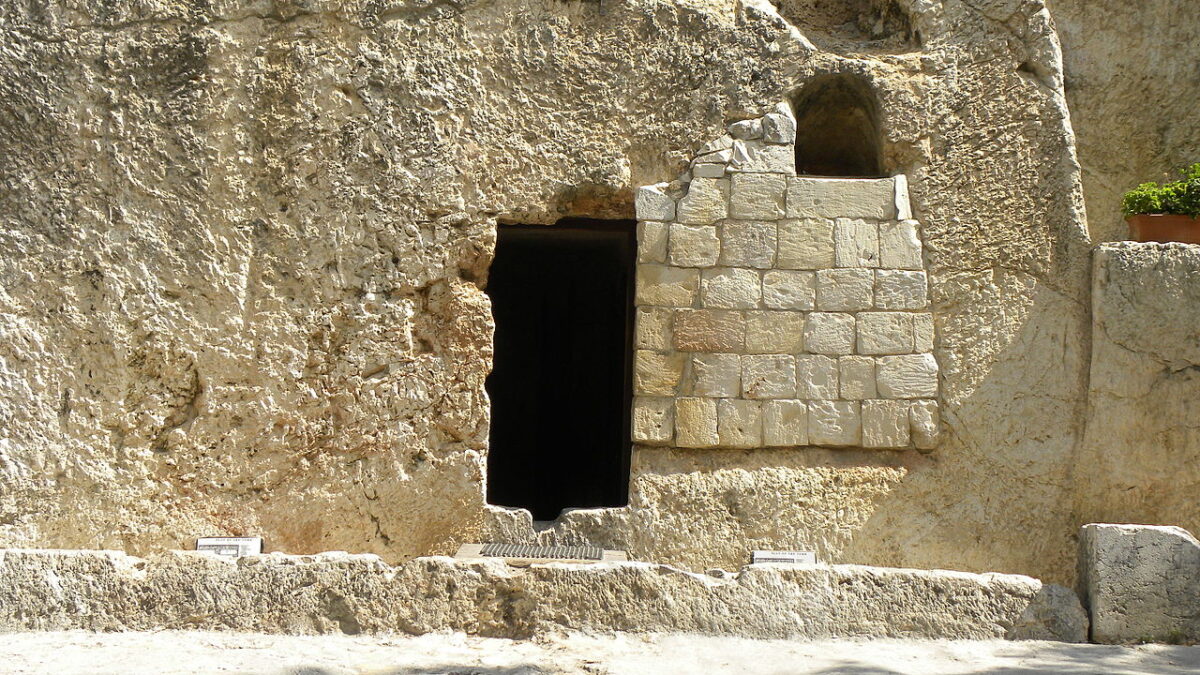
Many families traditionally put up their Christmas tree the weekend after turkey day, while others may insist on waiting until it’s at least December before dragging the dusty box of decorations and lights out of the attic. And a small subset of our population has been playing Christmas carols since October. There is, however, a season between Thanksgiving and Christmas that should not get the cold shoulder—yes, we’re speaking of Advent.
There are some wonderful tips for observing this oft-forgotten season with your family. You can find those here and here. Dressing your house up for a season largely ignored by marketing departments can feel daunting, and stores don’t exactly have an abundance of Advent decor. Before you go out and buy every Advent calendar you see, filling your home to the brim with numbered doors and little chocolates, check these tips for additional ideas for getting into the Advent spirit.
1. Try an Advent Wreath
To mark the four weeks of Advent that serve as a preparation for the joys of Christmas, for centuries churches and families have been putting together wreaths beset by four candles: three purple, and one pink. The colors are religious symbols that match each week’s vestments in church.
A home Advent wreath can be as ornate or as simple as you would like. You can order one, make your own, or just buy some standalone candle holders to set on the table. If you’re feeling really daring, you can even involve small children in making one. Pinterest is a good first stop for Advent wreaths, if you’re still determining your style.
Whether you have an actual wreath or just line the candles in a row, don’t miss the opportunity to get the kids involved and discuss what each candle stands for and how the wreath is used. More than just an idle decoration, Advent wreaths are an active part in devotions and a visual representation of the time marked in the season.
2. Put Out a Nativity Scene
The Nativity is so much more than a Christmas decoration. Try to avoid rushing through setting up the Nativity. It is not a mere box to quickly check off that growing to-do list. Instead, consider setting it up progressively through the season. As your family reads about Mary and Joseph traveling all those years ago toward Bethlehem, move their figures across the rooms. Bring out animals as the weeks pass. Wait to bring out baby Jesus until Christmas morning!
Decoration doesn’t need to be one and done, and instant perfection shouldn’t always be the goal. Rather, use the small moments throughout your week when you put out another piece of the Nativity scene to remember another part of the story leading up to Jesus’s birth. Remember the angel of the Lord telling Mary the joyous news that she would have a special baby. Think about Joseph struggling to understand his role in the coming child’s birth.
Consider adding something to your Nativity to symbolize John the Baptist, since Mary’s time with Elizabeth was an important part of the preparation for Christ’s birth, too.
3. Yes, There’s Advent Music
Holiday music plays as much a part in setting the scene as any amount of glittering ornaments, twinkling lights, and shimmering tinsel, and this isn’t exclusive to Christmas. Sure, you likely won’t find the abundance or variety of Advent albums in stores as you will for Christmas, but that shouldn’t stop you and your family from picking up the ones you can (like this one).
You can use these devotions to dive deeper into a different hymn each week, work with your family on singing them nightly, and perhaps even commit them to memory. If you struggle to memorize, Vanessa also created these print-at-home hymn pictures for families to use through the season. The Advent hymns may not be as familiar as our beloved Christmas carols, but it won’t take long to change that by including them in your family’s seasonal traditions.
4. Discover Chrismons
Chrismons are a relatively newer tradition, dating back to 1957 when a woman in Virginia wanted a way to use symbols to tell the Christmas story. Today these Christian symbols, typically white with a bit of gold embroidery or glitter on them, are most often seen on Christmas trees in churches. But they can easily be made during Advent and used around the home as decor.
Their application may be on the new side, but using symbols to teach is historical and appropriate. This list of the most commonly used Chrismons explains their origins and meaning. You can also add other symbols that have personal meaning or significance in your church.
5. Jesse Trees Are Popular Across the World
Jesse Trees are an old Christian tradition, stemming from medieval times. The concept is taken from the verses in Isaiah 11 about Jesus coming from Jesse’s tree, or line, starting with: “There shall come forth a shoot from the stump of Jesse, and a branch from his roots shall bear fruit.”
A Jesse Tree was a progressive visual of the Bible’s history from creation through Jesus’s birth. When Jesse Trees began being used, many people couldn’t read, or couldn’t read well. This made having symbols of important Bible stories helpful for people to be able to remember the important lessons of the faith, and then to pass them onto their children.
In Advent you can use a Jesse Tree devotion, and make a set of decorations with your kids or join a Jesse Tree ornament exchange with friends, to include the joy of creating for others in your seasonal celebrations.
Decorating your home intentionally for Advent, and not Christmas, can help you relax, breathe, and enjoy this time with friends and family. So before you spend hours untangling the mess of twinkle lights, pull out the artificial tree, and dust off the angel topper, consider how you can delay Christmas for a bit and observe Advent with your family.
The decorations don’t need to be chintzy and commercial, nor must you feel obligated to buy new decor. Many items you may already have in your Christmas box, such as the Nativity and Advent calendar. Including Advent hymns with your favorite Christmas songs is a simple step and lends itself so well to teaching yourself and the kids the meaning of this oft-overshadowed season. However you choose to observe Advent, we pray it is a blessed time for you and your family and friends.









